Last Updated: March 29, 2024
Saving Money and Resetting Financial Habits
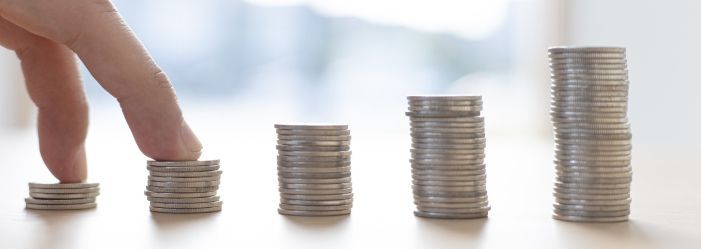
Disclaimer: We are not qualified legal or tax professionals and are not giving advice. Always speak with a qualified professional before making any legal or financial decisions.
Embarking on a 30-day no-spend challenge can transform your financial habits and pave the way to a healthier financial future. By committing to only spend on absolute necessities for a month, you not only save money but also identify and curtail non-essential spending habits that may be hindering your financial goals.
This guide will walk you through how to reset your spending habits, differentiate between essential and non-essential expenses, and employ practical strategies to navigate the challenge successfully.
Whether you're aiming to boost your savings, pay down debt, or simply gain more control over your finances, the insights shared here will equip you with the tools you need to embark on this enlightening financial journey.
If you're ready to talk now, skip the article and click here for a free consultation with our debt specialist.
Essential Spending Versus Non-Essential Spending
Essentials are those items that you need to survive. Food and shelter are at the top of that list, but there are a lot of non-essentials built into everyday life.
Essentials include rent or mortgage, medications, utilities like gas, electricity, internet, food, insurance, transportation, and legal obligations such as child support and payments on any loans. These are items that you need to spend money on and are considered essential.
Non-essentials are everything else. This includes eating out, entertainment, Starbucks, cable TV, and other expenses that are not necessary to live.
The simplest way to determine how much you are spending is to keep track of every penny that you spend a month. Non-essential items and how much you spend on them will start to become obvious.
Your next step in preparing to live for 30 days without spending money is to eliminate all those non-essential items.
Eliminating Your Non-Essential Costs
A recent poll of Americans detailed how we are spending money. Restaurant meals and takeout/delivery accounted for almost $400 a month. Add in buying lunches for work every day, and the total can reach almost $600. Exotic coffee, bottled water, and drinks alone can reach $300. Just eliminating those expenses can put roughly $1000 right back in your pocket.
TV, cable, streaming media services, and paid mobile apps can account for $180 in monthly expenditures. Many of us enjoy shopping online and buying new subscriptions. That pleasure can cost up to $200 a month. Add in haircuts and gym membership fees and those can easily reach $200.
You may want to look into less expensive phone plans or carriers. And do you need to buy the latest flagship phone when your existing one works just fine?
Let your kids take a break from all those extra-curricular activities. Choose one that they love and drop the others. Your kids might enjoy that better.
If you can eliminate those expenses for a month or more, you will have more cash in your pocket!
Hot to Prepare to Live for 30 Days Without Spending Money
Thirty days seems like a long time, but start with one day, then move on to one week. It will take time to break a habit that you have spent years developing and it will take even longer to start a new one. Experts say that it takes an average of 66 days for a new behavior to become automatic.
However, starting small and gradually working up to the 30 days of a financial reset can lessen the shock. Pausing spending for 30 days can let you reset your finances and examine your lifestyle. Those 30 days could make a huge difference to your future.
Enjoy a No-Spend Day
Choose one day and leave your credit cards at home. If it's a weekend, look for free activities that don’t involve much driving or public transportation. Fill up a reusable water bottle and go for a walk or try to enjoy some outdoor activities.
If it is a workday, brown bag it. Stay off Amazon where you might find a deal too tempting to pass up. By now, you should have an average spend amount per day based on your month of monitoring every penny. How much did you save? Was it worth it not going to the coffee shop or canceling that subscription?
Reward yourself by putting that money into a savings account or even a piggy bank.
Build it up into a No Spend Week and then into a No Spend Month.
Tips for Completing a No-Spend Month
During your No Spend Month, you might use the time to empty your pantry. Most of us have a random selection of food on hand that you can use up to make interesting meals out of. No stopping at the grocery store and that includes Costco!
- Dive less and plan trips to minimize miles. You’ll save gas and wear and tear on your vehicle.
- Get your entertainment for free through your local public library or park
- Exercise by going for a walk or following along with a YouTube video.
- Avoid going to the bar or coffee house with friends. Brown bag your lunch to work.
- Clean out your hose, garage, or storage shed and sell or dominate any items you don’t use. Plus, if you are paying for storage fees, you’ll save on those.
- Do you have extra vehicles (boats, ATVs, campers, bikes, etc) sitting around? Try to sell them, you’ll save insurance and maintenance costs.
- Put any money you have made from unloading stuff into your savings and add in what you didn’t spend over the month. You may be amazed at how much money you have leftover.
If you have bills, this could be a great time to pay them off.
After Completing Your First No Spend Month
Now that you have had the opportunity to wind down to the bare necessities and set aside the money you have saved, what should you do next?
Instead of going back to your old spending habits, keep some of the changes going. Your life may be less hectic and more fun. Add back the real luxuries but don’t overdo it. If you love going out to eat, shoot for once a month. If designer coffee is your thing, do it once a week.
Before you add another expense, make certain that it is worth it and that you need it before you spend the money on it. Try to do a No Spend Day or Week each month to let yourself take a breather from the constant spending in our society.
What If All This Isn’t Enough?
If you are so deep in debt that nothing will make a difference for you, you may need professional help. We at Pacific Debt, Inc. are professionals in debt settlement and can help you discover how to become debt-free within 24 to 48 months.
Key Benefits of a 30-Day No-Spend Challenge
Before we get into the details of how to complete a successful no-spend challenge, let's highlight some of the great benefits you can achieve:
- Save an average of $500 in just 30 days! This money can then be put toward paying off debt or saving up for future goals.
- Identify mindless purchasing habits around things like coffee, takeout meals, in-app purchases, etc.
- Develop better, more intentional spending habits that you can carry forward beyond the 30 days.
- Make serious headway on existing debts when you redirect that spending money toward outstanding balances.
- Start building that emergency savings cushion you've been putting off!
Tips for Staying on Track
Here are some helpful tips for avoiding temptation and sticking to your no-spending commitment during the 30 days:
- Make a detailed budget ahead of time for essential expenses so you know exactly what you need to cover. Our [budget planning worksheets](link to site resource) can help!
- Find free activities happening locally that month to stay busy without needing to spend. Check events calendars, community center listings, etc.
- Hide payment methods or freeze accounts if needed so you don't impulsively spend available funds. Ask someone you trust to manage the accounts for the month.
- Enlist friends for accountability check-ins around your progress. Having cheerleaders goes a long way!
After Your No Spend Challenge
Once you complete your 30 days of restricted spending, be sure to:
- Closely analyze spending from that month to inform future budgets and goals
- Determine which changes you want to make permanent in your everyday spending habits
- Identify new financial goals to start working toward with your freed-up funds
- Slowly incorporate reasonable amounts of previously restricted spending
- Consider doing periodic no-spend challenges, such as for 1 week every 2 months
FAQs
Conclusion
Taking on a 30-day no-spend challenge is an impactful way to reset your financial habits and become a more intentional, goal-oriented spender.
By restricting expenditures to absolute essentials for an entire month, you force yourself to break unconscious spending patterns. The challenge exposes mindless habits around things like takeout, in-app purchases, and entertainment services that constraint-free budgets allow to persist.
With temptation removed and slashes made to non-critical recurring expenses, you free up tangible cash that can be redirected to what matters most - paying off debt, saving up for goals, or building an emergency fund. On average, participants save around $500 during their month of restricted spending.
Making it through those initial 30 days isn’t easy, but going all in sets you up for victory. Enlist social support, remove spending temptations from your environment, stay focused on motivations, and plan plenty of free activities to fill newly free time.
For more information, contact one of our
debt specialists today. The initial consultation is free, and our debt experts will explain your options to you.
*Disclaimer: Pacific Debt Relief explicitly states that it is not a credit repair organization, and its program does not aim to improve individuals' credit scores. The information provided here is intended solely for educational purposes, aiding consumers in making informed decisions regarding credit and debt matters. The content does not constitute legal or financial advice. Pacific Debt Relief strongly advises individuals to seek the counsel of qualified professionals before undertaking any legal or financial actions.
✔ Accredited by Better Business Bureau with BBB A+ rating (4.93 rating and 1678 reviews)
✔ US News and World Reports and Bankrate ranked Pacific Debt Relief as one of “The Best Debt Relief Companies of 2024”
✔ 6.9 star rating by BestCompany.com (over 2379 client reviews)
✔ 4.8 star rating by TrustPilot based (over 1613 verified consumer reviews)
✔ ConsumerAffairs.com Accredited (over 544 verified reviews with an average rating of 5 stars)
✔ A Top 10 Rated Compan by TopTenReviews.com , ConsumersAdvocate.com and Top10debtconsolidation.com
✔ 4.6 star rating by Google (229 client reviews)
✔ 100% rating by SuperMoney (9 client reviews)
Reduce Your Credit Card Debt By Up to Half
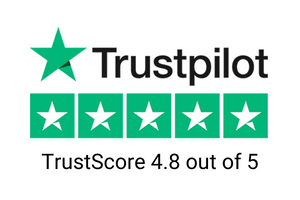
BBB Reviews | 4.9/5.0 Rating
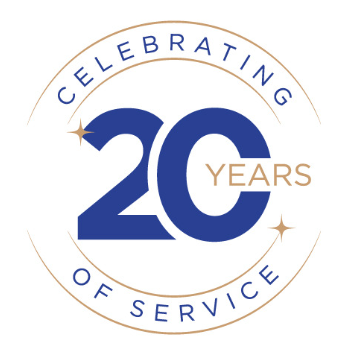
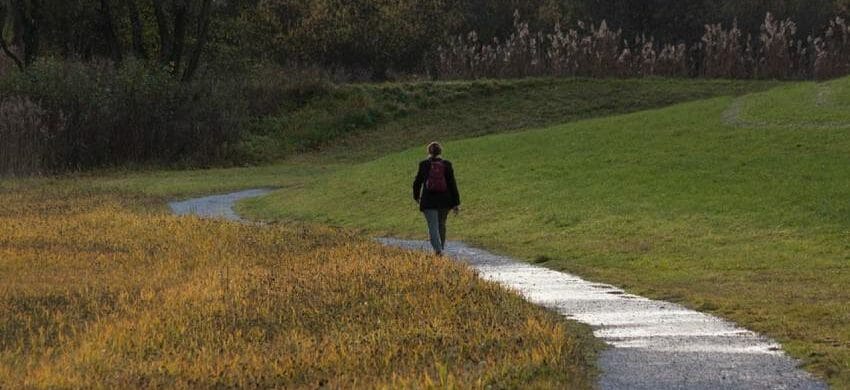
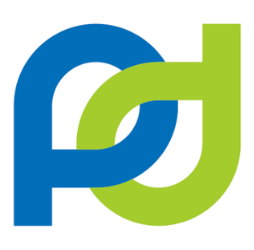

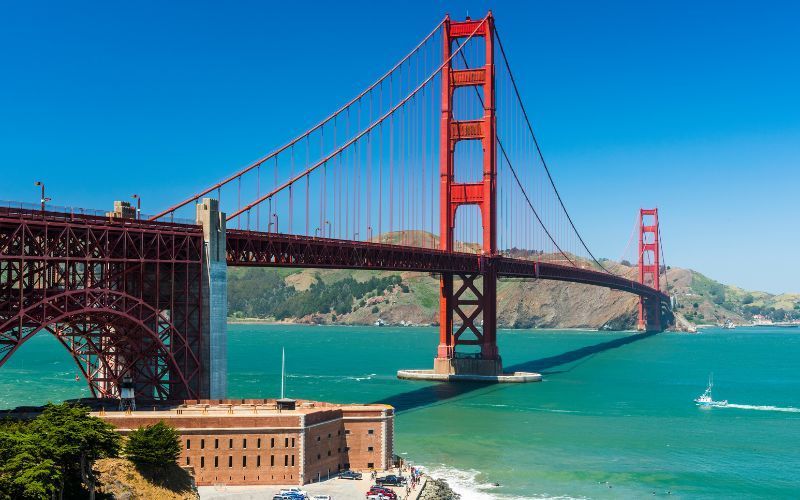

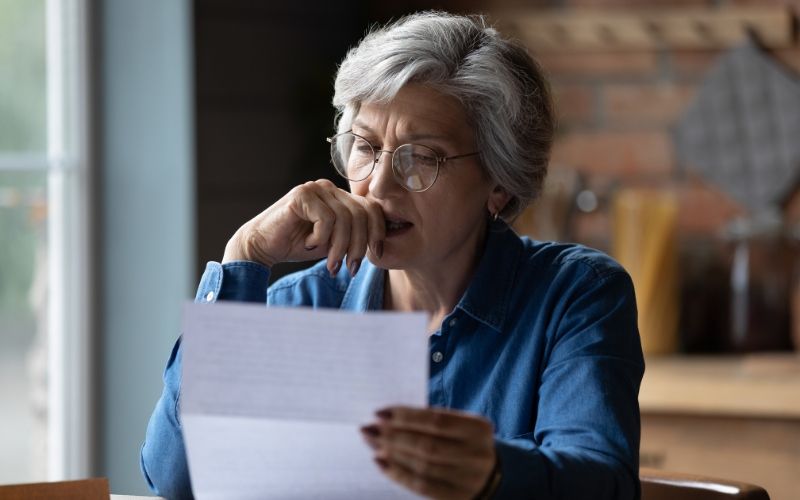
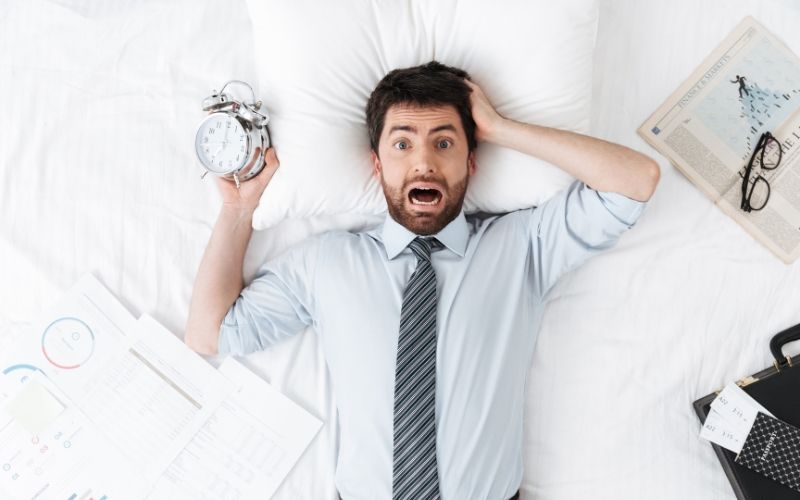

 Do Not Sell My Personal Information
Do Not Sell My Personal Information